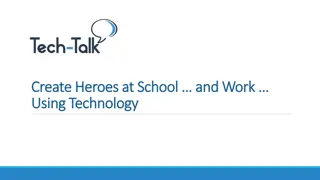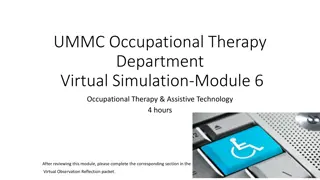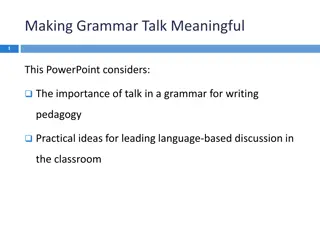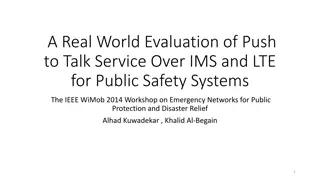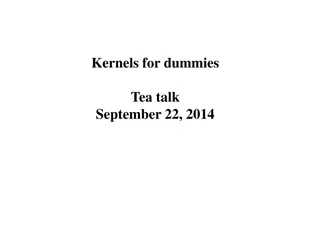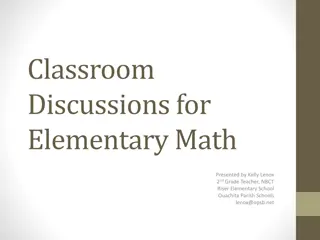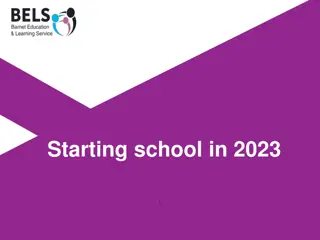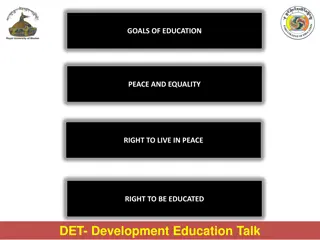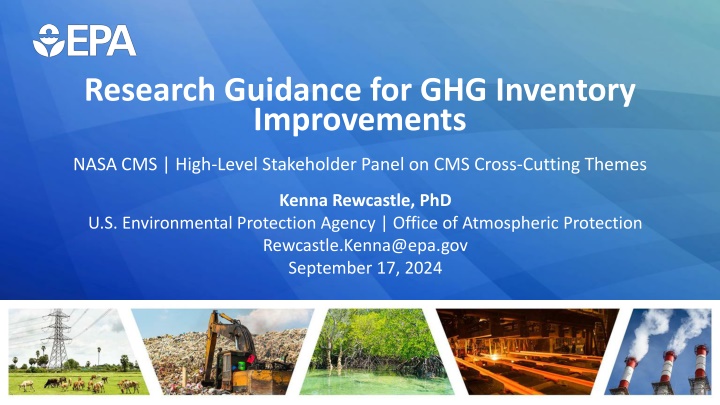
Enhancing GHG Inventory Research: Practical Implementation Timeline
Explore the detailed process of improving greenhouse gas (GHG) inventory assessment, including prioritization methods, data integration, and success stories in sectors like agriculture and land use. Learn about the timeline for developing and sharing research guidance to refine GHG emissions estimates effectively.
Download Presentation

Please find below an Image/Link to download the presentation.
The content on the website is provided AS IS for your information and personal use only. It may not be sold, licensed, or shared on other websites without obtaining consent from the author. If you encounter any issues during the download, it is possible that the publisher has removed the file from their server.
You are allowed to download the files provided on this website for personal or commercial use, subject to the condition that they are used lawfully. All files are the property of their respective owners.
The content on the website is provided AS IS for your information and personal use only. It may not be sold, licensed, or shared on other websites without obtaining consent from the author.
E N D
Presentation Transcript
Research Guidance for GHG Inventory Improvements NASA CMS | High-Level Stakeholder Panel on CMS Cross-Cutting Themes Kenna Rewcastle, PhD U.S. Environmental Protection Agency | Office of Atmospheric Protection Rewcastle.Kenna@epa.gov September 17, 2024
Research Guidance Proposal Develop living Guidance for researchers on GHG inventory research needs Motivation: Develop guidance on GHG emissions research topics and data characteristics that can streamline the process of incorporating the latest science into the Inventory to improve GHG emissions estimates. Guidance will cover: Process for prioritizing Inventory improvements for specific emissions estimates from priority sectors, sources, activities and equipment o Prioritize key categories, data inputs with high uncertainty, missing sources, sources with high levels of policy interest, and under-researched sources Clarity on how new observation and activity data are incorporated into the US GHGI, including through direct use, indirect use (to develop country-specific emission factors), and for QA/QC Context of Inventory methodology empowering research community to engage in developing GHG estimates through application of IPCC Guidelines to enable international comparability and global ability to track progress towards achieving climate change mitigation goals Examples of success stories featuring recent emissions estimates improvements, supported through interagency collaboration, in the agriculture and land-use sectors that highlight successful integration of novel data into Inventory estimation processes
Research Guidance: Development and Communication Timeline November 2024: First Draft for Review by USG Partners Spring 2025: Public and USG Presentations on RG Summer 2025: Submit Sci. Journal Publication on RG Currently: Refining RG Outline/Content Early 2025: Release of USG White Paper Currently: Refining research guidance (RG) outline with USG partners, gathering feedback from research community on elements that they would like to see included in document November 2024: First draft of RG that can be reviewed by other USG partners (US GCRP, GHGMMIS Steering Committee) Early 2025: Release RG white paper, begin giving presentations to USG research community, broader academic research community, commence public outreach Summer 2025: Submit RG as a concept piece in a scientific journal
How to Put Guidance Into Practice? The National GHG Inventory Development Cycle Per IPCC Good Practice Guidelines, the GHGI is a living document that reflects continuous improvements Refresh research guidance annually with a call for data to support high-priority improvements identified by experts, UN reviewers, interagency partners Key Cycle Dates: May-July: Improvement/planning June-September: Annual data updates ~Fall: review of previously submitted GHGI by UNFCCC expert review team Late October-November: 30-day expert review February-early March: 30-day public review, via federal register notice Mid-April: Publish and submit to UNFCCC (>900 page report w/ 500 data tables + 600 page Annex w/ 252 tables) May-June: compile next draft of state-level GHGI July: 30-day state-expert review August: Publish state-level GHGI data and methods report *winter*: (goal) publish gridded methane GHGI Question: how to best incorporate guidance for researchers into the annual cycle? 4




